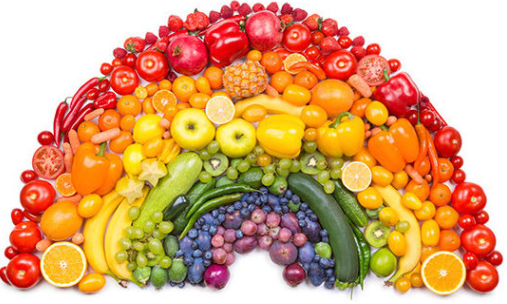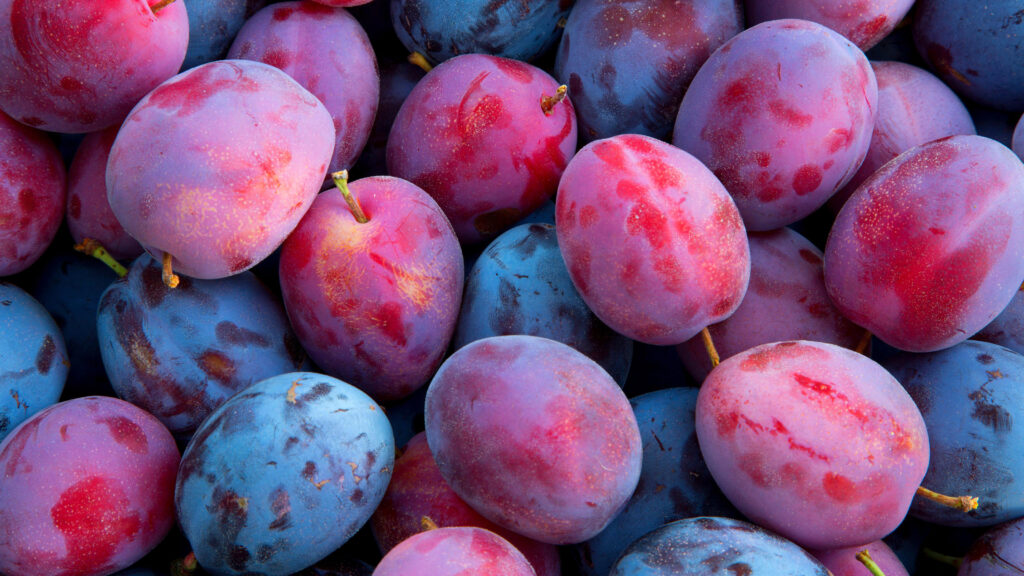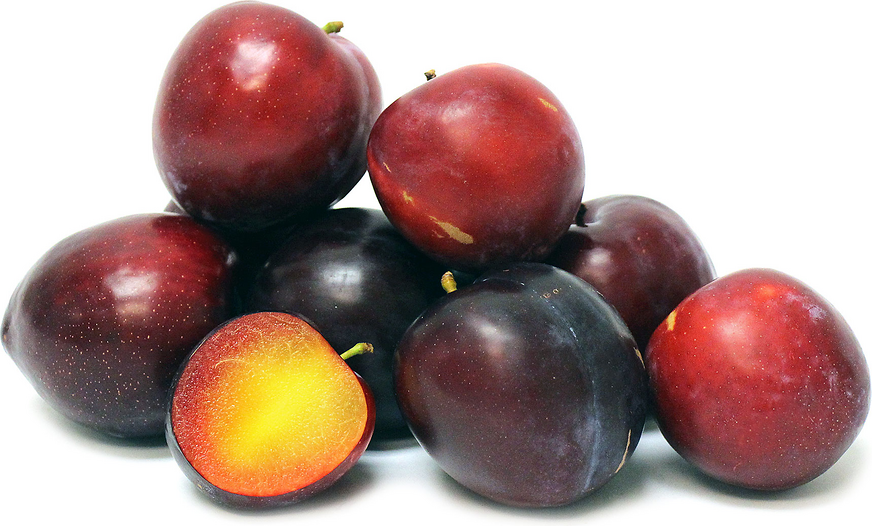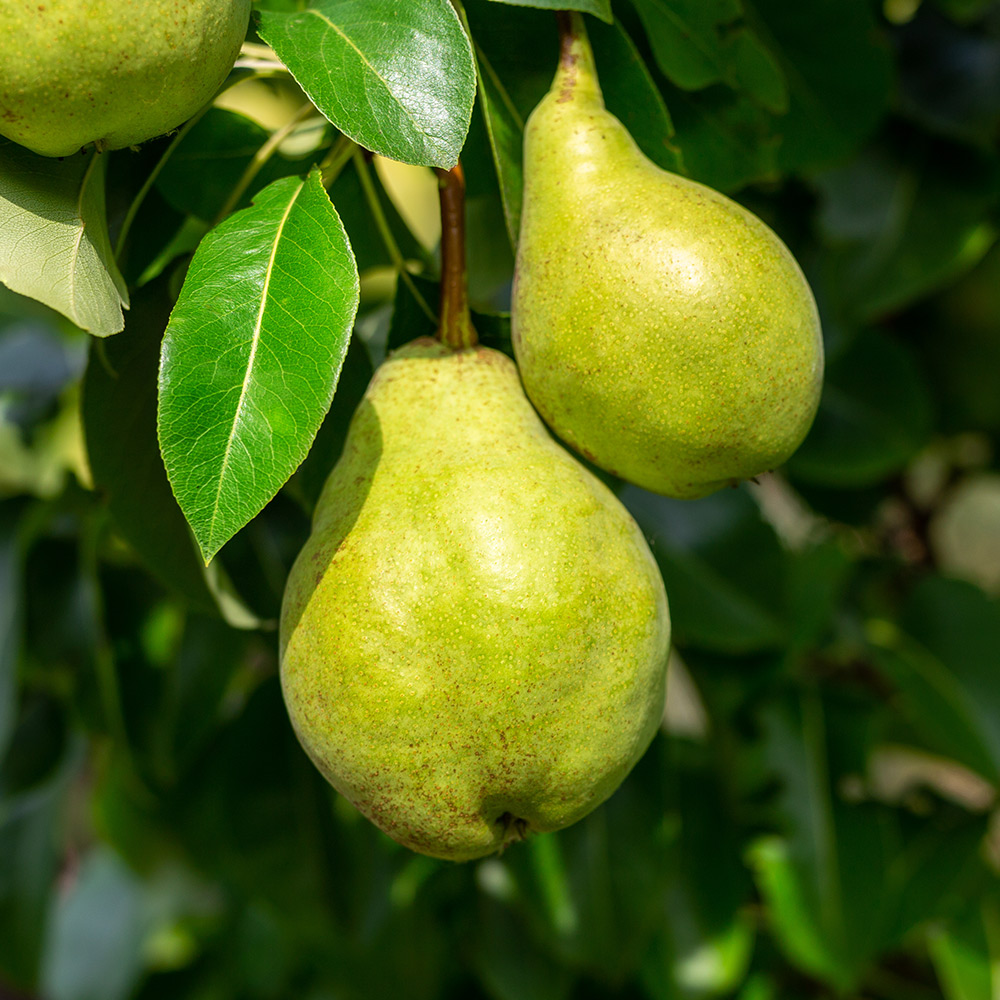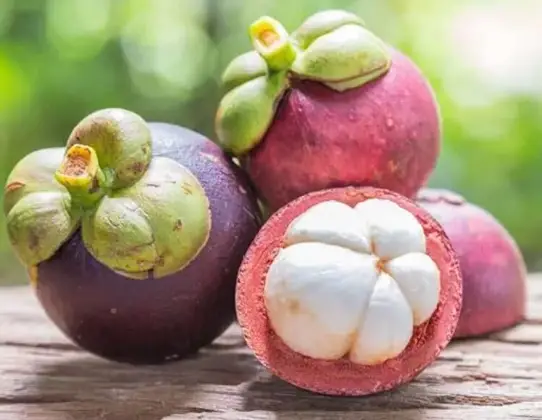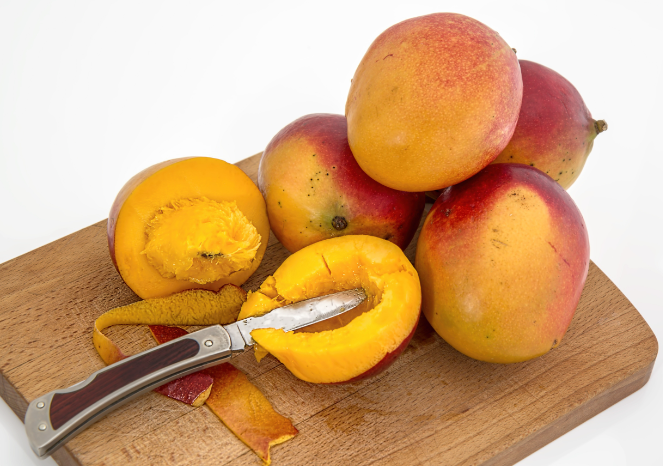If you’ve ever been to places like the Caribbean, Latin America, or West Africa, you might have seen plantains in markets or on plates. Plantains look a lot like bananas, and people often eat them in various ways. Some people think they are fruits, while others call them a vegetable. For hundreds of years, they’ve been really important food, but it can be confusing to figure out what they really are.
In this guide, we’re going to take a closer look at plantains. We’ll talk about how healthy they are, the ways they are used in traditional healing, and how they fit into growing food in ways that are good for the earth. But first, let’s get to know the basics about plantains.
Table of Contents
- Understanding Plantains
- Differences Between Plantains and Bananas
- Why Plantains Are Good for You
- Cooking with Plantains: Sweet and Savory Ideas
- Snacking on Plantains: Chips and More
- Using Plantain Flour in Your Kitchen
- Healing with Plantains in Traditional Medicine
- Growing Plantains and Their Role in Farming
- Solving the Mystery: Is Plantain a Fruit or a Vegetable?
- Conclusion
- FAQs
- Are plantains and bananas the same thing?
- Are plantains healthy?
- Can plantains be eaten raw?
- Can plantains be frozen?
- What is the difference between green and ripe plantains?
Understanding Plantains
Plantains belong to the banana family. They’re usually bigger and have skins that are a bit tougher. They originally come from Southeast Asia but were brought over to the Americas a long time ago, around the 15th century. Now, people grow plantains in warm places all over the world, from the islands in the Caribbean to countries in West Africa and even in Southeast Asia.
Although plantains look similar to bananas, they’re different because you usually cook them before eating. They’re not as sweet and have more starch. This makes them a favorite for cooking up tasty dishes like meals and snacks, including things like crunchy plantain chips.
Differences Between Plantains and Bananas
Plantains and bananas are family, but they have some differences. Plantains are starchier, which is why people often cook them instead of eating them raw. They’re also generally bigger and have thicker skin than bananas.
When it comes to how they taste, plantains are more complex. They can taste a bit nutty or earthy, unlike bananas which are just sweet. This is why plantains are so good in recipes where you want to mix sweet and savory together.
Why Plantains Are Good for You
Plantains are great for your health because they have things like fiber and vitamins C and A, as well as potassium. They don’t make your blood sugar jump up quickly either, which is really helpful for people who need to watch their sugar levels, like those with diabetes.
They also have a special kind of fiber called resistant starch. It’s good for your stomach and helps control sugar levels in your body. Plus, plantains have other good stuff in them, like iron and magnesium which your body needs to stay healthy.
Cooking with Plantains: Sweet and Savory Ideas
You can use plantains in all kinds of recipes, whether you want something sweet or savory. In savory dishes, people often boil or fry them. They’re really popular in Caribbean and Latin American meals, showing up in stews, with rice, or in soups. But that’s not all!
For sweet treats, plantains can be turned into cakes, puddings, and even special types of bread. Some people in West Africa blend boiled plantains with sugar to make a sweet dish called “bobo.” You can also bake, grill, or roast plantains and add yummy toppings like cinnamon, sugar, or coconut milk.
Snacking on Plantains: Chips and More
Plantains make fantastic snacks! Plantain chips, also known as “tostones,” are slices of plantains that have been fried until they’re crispy and usually seasoned with a little salt or spices. People love them in many places, and they’re getting more popular in places like the United States.
Beyond chips, plantains can be turned into fritters or little bites by mashing them up and mixing with tasty ingredients like cheese, meat, or veggies. Then they’re fried or baked to a golden brown and are delicious to eat!
Using Plantain Flour in Your Kitchen
Plantains can also be made into flour. How? By drying ripe plantains and grinding them into a powder. This flour works great if you can’t eat gluten, because you can use it instead of wheat flour in baking. You can also thicken soups and sauces with it.
In West Africa, plantain flour is a big deal. People use it to make foods like porridge, different kinds of bread, and pancakes. For anyone with celiac disease or who is sensitive to gluten, plantain flour is a tasty option.
Healing with Plantains in Traditional Medicine
Plantains aren’t just for eating—they’ve also been used to help people feel better for a very long time. In West Africa, the leaves of the plantain plant are used on wounds and to solve digestive problems. People either put the boiled leaves on their skin or drink it like a tea.
In different parts of the world, plantains help with issues like constipation, diarrhea, and even high blood pressure. While more studies are needed to be sure of all these health benefits, it’s generally safe to include plantains in your diet.
Growing Plantains and Their Role in Farming
Plantains are a key crop in many places, especially in parts of West Africa and Latin America. They’re pretty low maintenance and don’t need a lot of chemicals to grow. Frequently, they’re grown on small farms by families, which can be good for the community and the planet.
However, plantains can be affected by diseases and pests. One big problem is a fungal disease called black sigatoka, which can ruin plantain farms if it’s not taken care of. That’s why people who know a lot about plants and farmers are working together to find ways to stop this disease so plantains can keep being an important food.
Solving the Mystery: Is Plantain a Fruit or a Vegetable?
Plantains are a type of fruit. Why? Because they’re part of the plant that has seeds. They grow from a flower and end up with seeds inside, which is what makes something a fruit. But plantains are a special type of banana that we usually cook before we eat.
Even though we cook plantains like we would with vegetables, they are still fruits because of where they come from on the plant. But unlike the usual sweet bananas that we eat raw, plantains are full of starch. This means they’re better for cooking up in all those tasty recipes for meals and snacks.
Plantains are quite diverse and can be added to savoury dishes like soups, or used in delicious sweet treats and snacks. There’s a bit of a discussion on whether plantains are a fruit or a vegetable. However, most people say they’re a fruit because they come from a flower and have seeds.
Conclusion
Plantains are incredibly flexible and nutritious, and you can enjoy them in all sorts of meals, from spicy stews and curries to sugary sweets and munchies. They are a key food in numerous places, helping local markets grow and encouraging farmers to keep nature in mind.
Even though there’s some discussion about categorizing plantains as fruits or veggies, one thing is sure: they are an essential part of cooking in many cultures worldwide. If you’re looking to shake things up in the kitchen or just want to add new flavors to your meals, you should definitely consider plantains.

